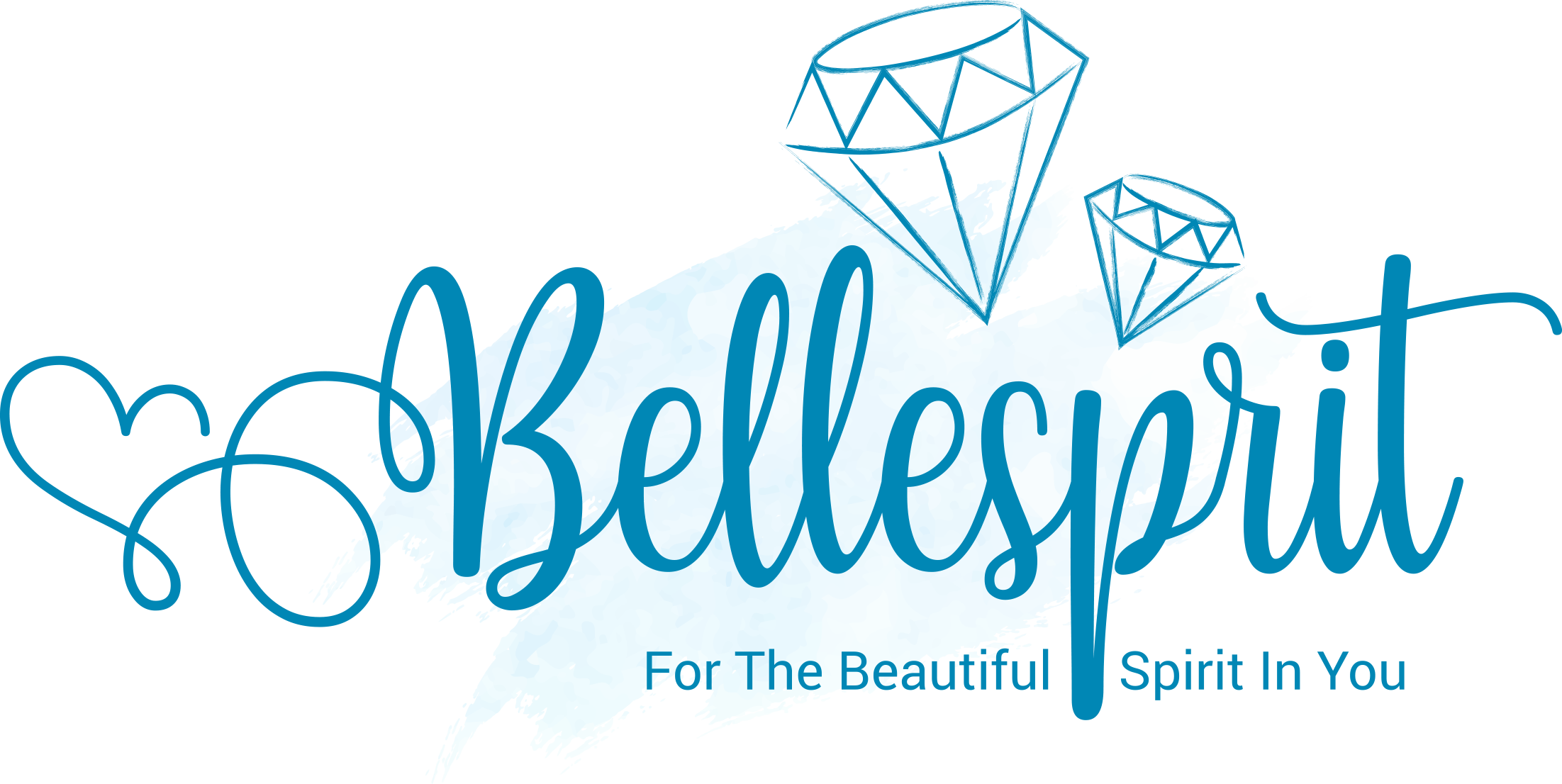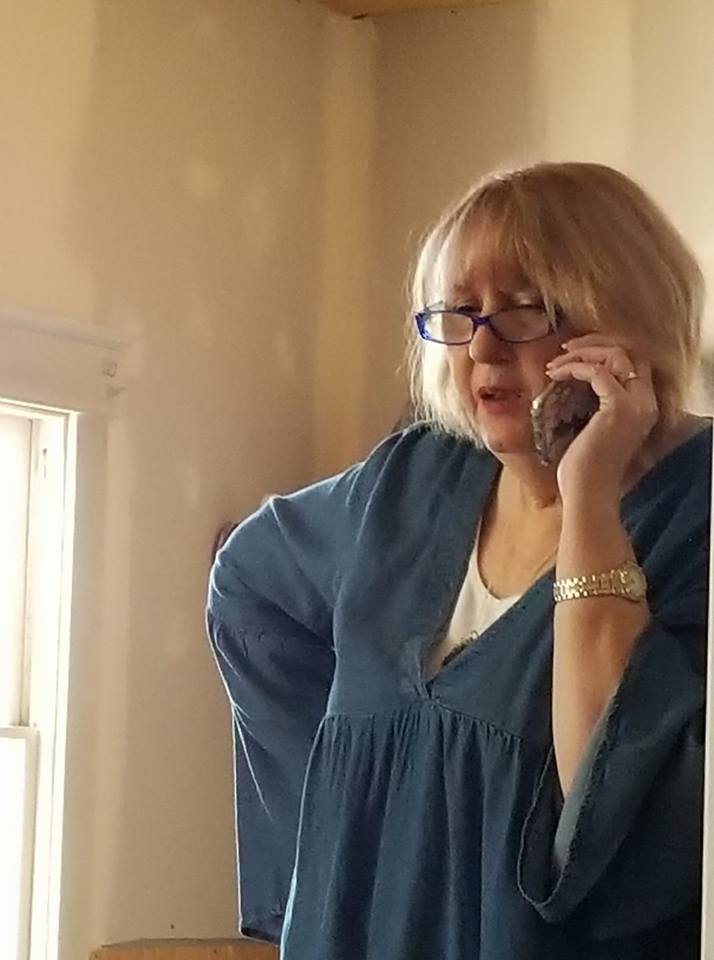A Letter of Condolence Back before technology made instant communication the norm, letters were the traditional way of expressing condolences. Even with the other options available, they are still a good way to show your support and concern. The main benefit with letters of condolences is that they can be read when it is convenient and re-read as often as needed. They can be shared with others to help with the grieving process. When writing a letter of sympathy and condolence, you should always think about the person to whom you are writing, as well as the deceased. Your letter should reflect the relationship you have or had with each person. Stay true to your personality. If you are a more formal person, then it is appropriate that your letter also sound more formal. On the other hand, if you are more laid-back and casual, your letter can also demonstrate that. Don’t be concerned that there is a right or wrong way to sound in a letter. Messages of Condolence Thanks to the internet, you can now send messages of support as soon as you hear the sad news of someone’s death. This allows you to offer support immediately, often when it is most needed. A quick text message or email can let the person know you heard the news and are offering your condolences without going into great detail. This is also a good method for those people that prefer short messages. When writing a message, remember that you can keep it short and sweet. The person reading the message may be busy so it is acceptable to get right to the point. If you feel that you need to say more, you can follow up with a letter or phone call at a later time. Flowers If you do not know the family or didn’t know the deceased very well but want to express your condolences, it is perfectly acceptable to just send flowers or a financial donation to the organization of the family’s choice. A simple card with a single message can convey your sympathies without requiring you to compose an entire message. This option is appropriate for many situations, including when the person is a co-worker that you only knew by name or someone you knew in passing in the community. Just make sure you include your full name so the person knows who the card came from. A Phone Call or In-Person Visit A phone call or personal visit is often the appropriate method of conveying your condolences when it is someone you knew very well or were related to. However, many people are not sure what to say and avoid the one-on-one interaction. The important thing to remember is that it is the fact that you called that the bereaved will remember more than what you say. In fact, don’t feel like you have to say a great deal besides “I’m sorry for your loss” or some other version. If you are comfortable talking about the deceased, you can communicate your feelings to the person. It is appropriate to reminisce about special memories or occasions. You can even tell a funny story about the deceased person without feeling guilty. In fact, it may be just what the other person needed to hear after all of the somber moments and sadness they have been feeling. Timing The timing of when to express your condolences through the various methods can vary. There is no hard and fast rule. For instance, if you just heard about someone’s death even though it was six months ago, you can send a letter or email stating that you just learned of the news. You never know when your message could come at a good time to cheer them up. Grief extends long past the funeral or memorial service. You can also prepare the way for a phone call or visit through a letter or message by saying that you will talk with them next week or in a couple of weeks. Your Choice Any of these methods are acceptable ways of expressing your condolences for a loved one. The choice is up to you based on the situation and what you feel most comfortable with. After all, it is more important that the bereaved feel your support than in how you choose to show it. Views:]]>
You also might be interested in
Message channeled by Shaman Rai from Archangel Michael on 11/22/14 Hello Beloved. This is a day of great opening. That’s right, a great opening of events is about to unfold on this day. Humanity is about to be set free. You’ll all recognize it at the moment when it occurs. It may not be published […]
The stones were fascinating with their messages and symbols [...]
About Bellesprit

Bellésprit (pronounced bell-e-spree) was born out of a desire to educate those who seek to expand their knowledge along their spiritual path. Featuring many contributors who are experts in their field, Bellésprit has a little bit of something for everyone who desires to learn more about spirituality, metaphysics, and the paranormal world.


